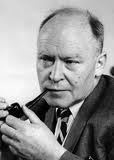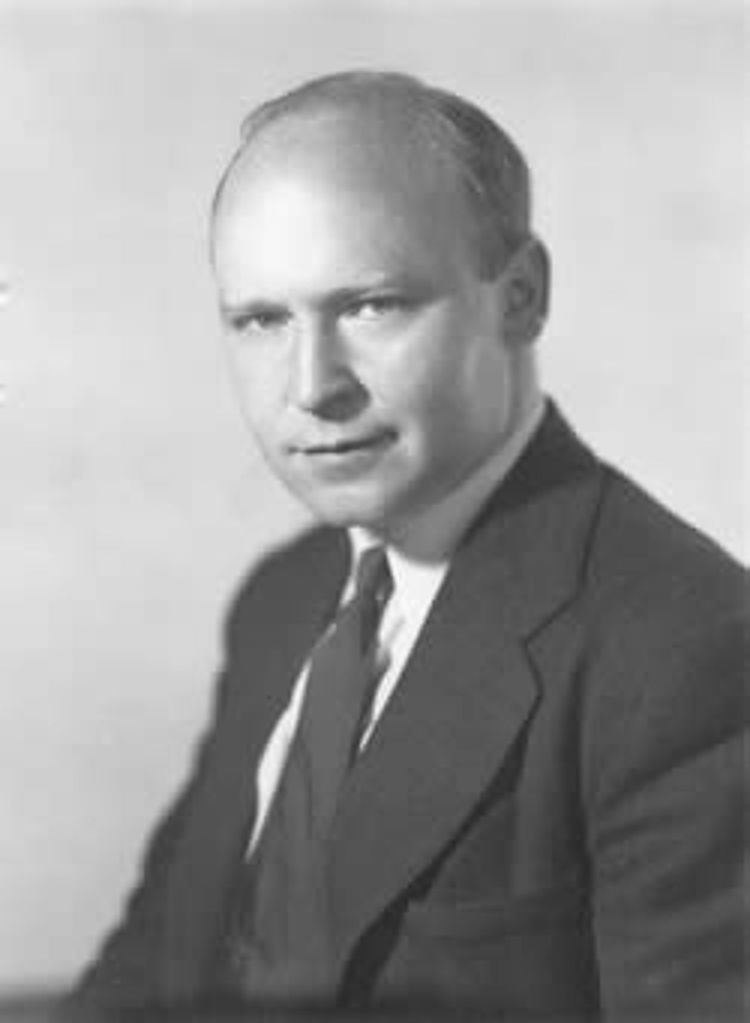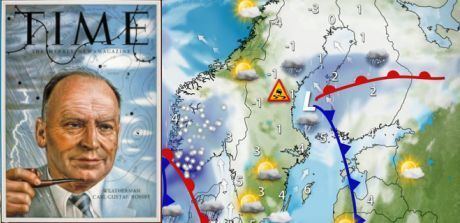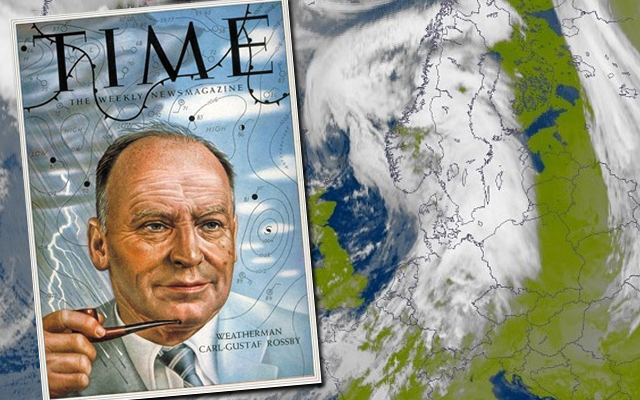Nationality Swedish | Name Carl-Gustaf Rossby | |
 | ||
Citizenship SwedishAmerican (1939) Institutions Massachusetts Institute of TechnologyUniversity of ChicagoWoods Hole Oceanographic InstitutionSwedish Meteorological and Hydrological Institute Doctoral students Chaim L. PekerisHorace R. ByersR. MontgomeryH. SeiwellR. SimmersHarry WexlerM. NeibergerV. StarrD. FultzReid BrysonHsiao-Lan KuoG. PlatzmanT.-C. YehG. CressmanY.-P. HsiehJoanne MalkusC. NewtonJ. FreemanD. RexBert BolinE. ErikssonAksel C. Wiin-NielsenB. DoosJerome NamiasJule Gregory Charney Died August 19, 1957, Stockholm, Sweden Notable students Similar People Vilhelm Bjerknes, Jule Gregory Charney, Hsiao‑Lan Kuo | ||
Doctoral advisor Vilhelm Bjerknes | ||
2013 carl gustaf rossby research medal
Carl-Gustaf Arvid Rossby ([kɑːɭˈgʉsˌtav ˈarvɪd ˈrɔsːby] 28 December 1898 – 19 August 1957) was a Swedish-born American meteorologist who first explained the large-scale motions of the atmosphere in terms of fluid mechanics. He identified and characterized both the jet stream and the long waves in the westerlies that were later named Rossby waves.
Contents

Biography

Carl-Gustaf Rossby was born in Stockholm, Sweden. He was the first of five children born to Arvid and Alma Charlotta (Marelius) Rossby. He attended Stockholm University where he developed his first interest in mathematical physics. Rossby came into meteorology and oceanography while studying geophysics under Vilhelm Bjerknes at the Geophysical Institute, University of Bergen in Bergen, Norway during 1919, where Bjerknes' group was developing the groundbreaking concepts that became known as the Bergen School of Meteorology, including theory of the polar front.
He also studied at the University of Leipzig and at the Lindenberg Observatory (Meteorologischen Observatorium Lindenberg) in Brandenburg where upper air measurements by kite and balloon were researched. In 1921 he returned to Stockholm to join the Meteorological and Hydrographic Office (which later became the Swedish Meteorological and Hydrological Institute) where he served as a meteorologist on a variety of oceanographic expeditions. While ashore between expeditions, he studied mathematical physics at the University of Stockholm (Filosofie Licentiat, 1925).

In 1925 Rossby was granted a fellowship from the Sweden-America Foundation "to study the application of the polar front theory to American weather". In the U.S. Weather Bureau in Washington, DC he combined theoretical work on atmospheric turbulence with the establishment of the first weather service for civil aviation. In 1928 he became associate professor in the Aeronautics Department of the Massachusetts Institute of Technology (MIT). Shortly after this MIT launched the first department of meteorology in the US. In 1931 he also became a research associate at Woods Hole Oceanographic Institution (WHOI). His interests during this time ranged over atmospheric thermodynamics, mixing and turbulence, and the interaction between oceans and the atmosphere.

On 9 January 1939 he became an American citizen and in that same year, assistant director of research at the U.S. Weather Bureau. His appointment as chair of the department of meteorology at the University of Chicago in 1940 began the period in which he turned his attention to large-scale atmospheric motions. He identified and characterized both the jet stream and Rossby waves in the atmosphere.

During World War II, Rossby organized the training of military meteorologists, recruiting many of them to his Chicago department in the post-war years where he began adapting his mathematical description of atmospheric dynamics to weather forecasting by electronic computer, having started this activity in Sweden using BESK. In 1947 he became founding director of the Swedish Meteorological and Hydrological Institute (SMHI) in Stockholm, dividing his time between there, the University of Chicago and with the Woods Hole Oceanographic Institution. After the war he visited an old friend Professor Hans Ertel in Berlin. Their cooperation led to the mathematical formulation of Rossby waves.
Between 1954 and his death in Stockholm in 1957, he championed and developed the field of atmospheric chemistry. His contributions to meteorology were noted in the December 17, 1956 issue of Time magazine. His portrait appeared on the cover of that issue, the first meteorologist on the cover of a major magazine. During this period he considered the effect of carbon dioxide in the atmosphere and its potential warming effect.
